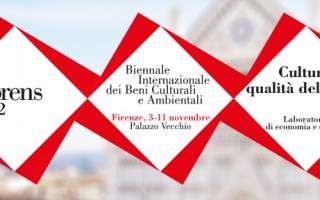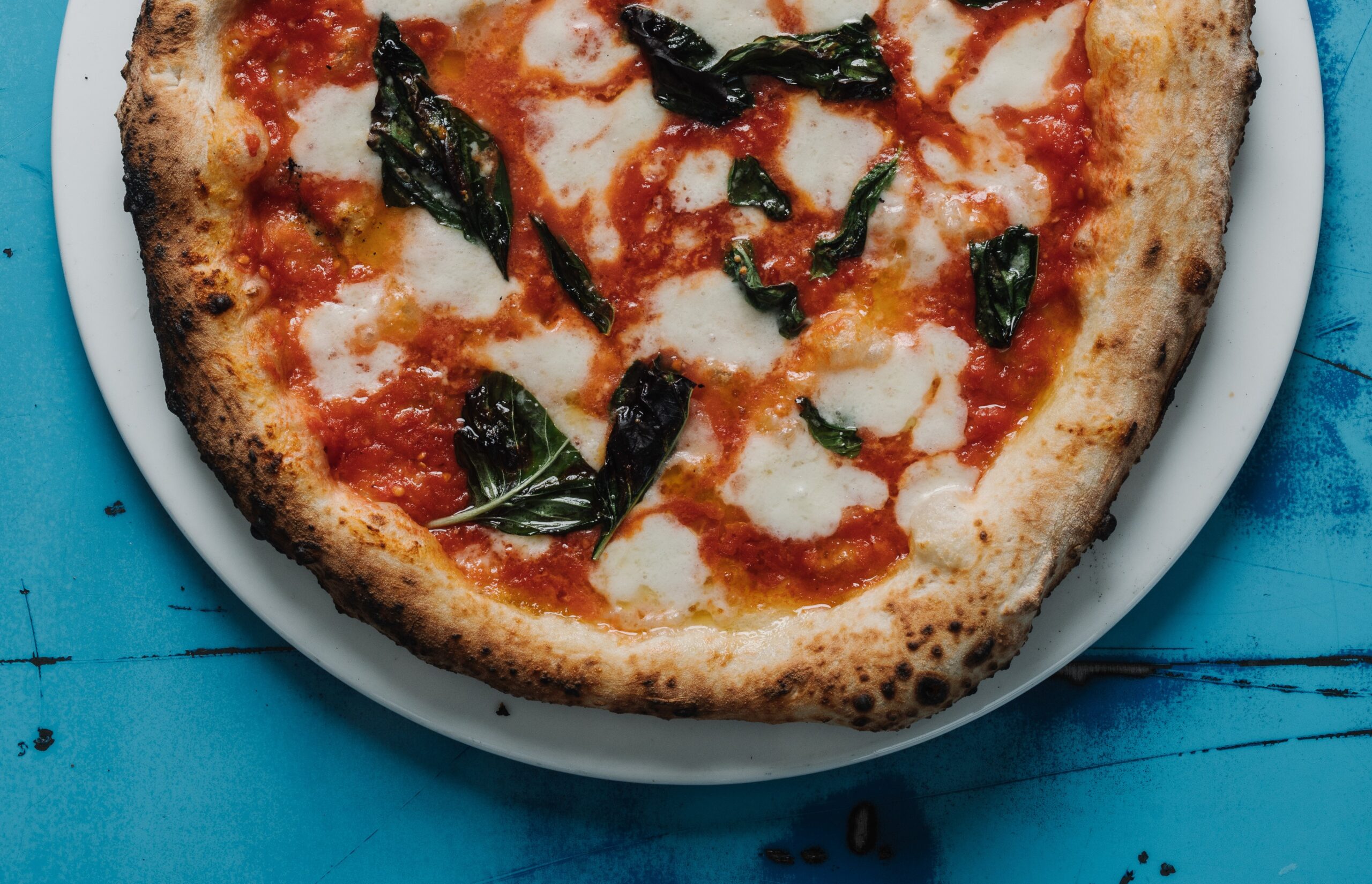
Luca Varuni is a master at his craft. As head chef and owner of Varuni Napoli he swears by the freshest ingredients and uses traditional Italian techniques to create the best Neapolitan pies. Growing up in Naples, Italy, he studied under renowned chef Enzo Coccia, head chef of the only Michelin rated pizzeria in the […]

In recent years, staying at people’s homes while traveling has become somewhat mainstream. Back in the 1960’s in India, my grandmother started the local chapter for Servas, a travel exchange program designed for people to further global peace. While growing up in Chandigarh, I was able to interact with guests from all over the world […]
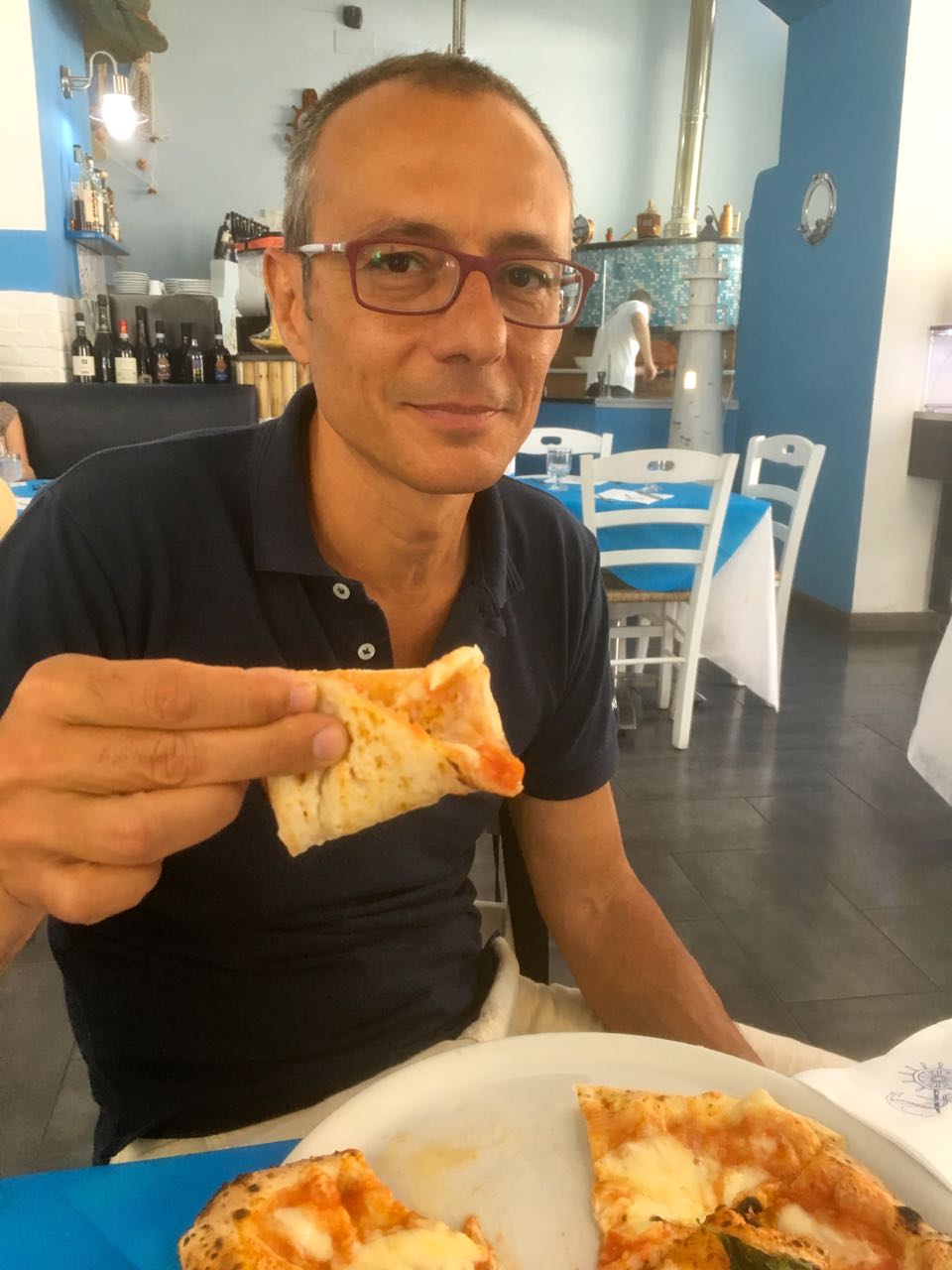
In my opinion, there is nothing to do in Naples except eat! Surely, its a historic city with lots of UNESCO world heritage sites and beautiful views, but the sole reason to come here is for the food. Naples is the birthplace of pizza and many other dishes. It is the former capital of Italy […]
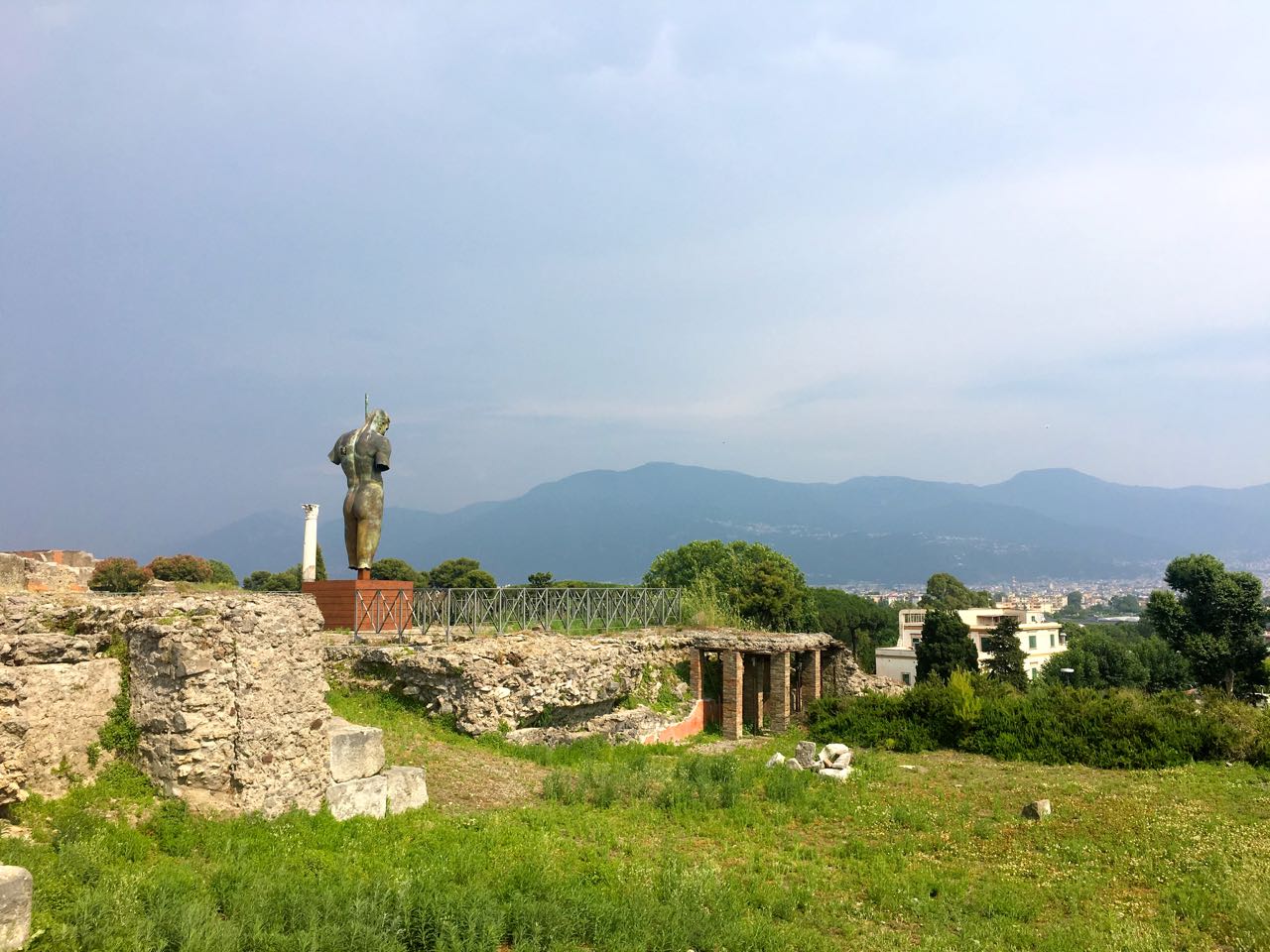
No trip to southern Italy is complete without a visit to the historic Roman ruins of Pompeii. Once home to 3k residents who enjoyed the pleasures of life, Pompeii was buried in meters of ash and pumice after the catastrophic eruption of Mt. Vesuvius in 79AD. During its peak, the city was flourishing with 400 shops, 35 […]
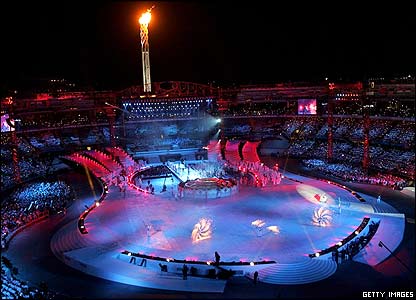
What do you know about Turin, a charming city in northern Italy? I have traveled to Italy several times, but sadly never made it to Turin or Torino until now. Prior to my visit, I didn’t know much about it, except that the 2006 winter Olympics were held here. Here are some facts about Turin that […]
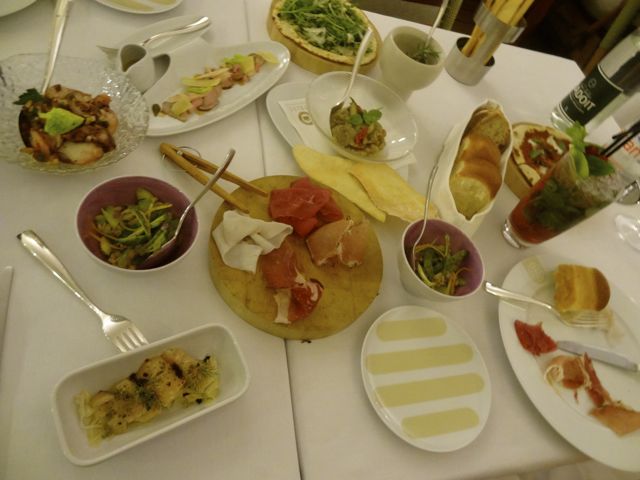
Reminiscing the best restaurant meals of the year has become a tradition for me. In fact, readers request me to share my culinary highlights if they don’t hear from me by January, so here you are, with my top 5 meals of 2015…. 1. Restaurant Ulo at Hotel Arctic in Ilulissat, Greenland – Located 280 kilometers […]
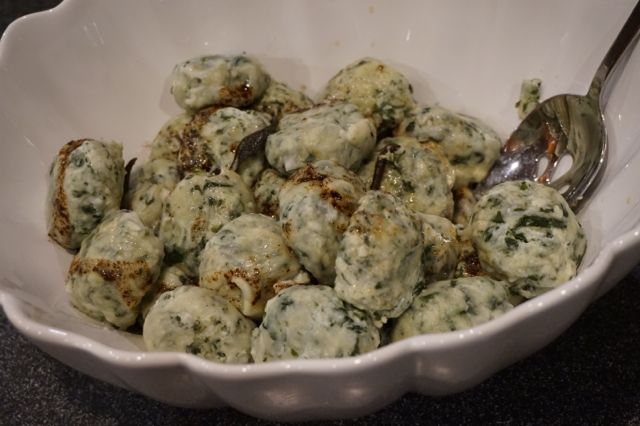
Gnudi means “naked” as in an inside out ravioli. While a typical ravioli is filled with spinach and ricotta, gnudi is made entirely of the filling mixture, held together with a little flour. Its a great alternative to eating pasta, especially for those who are gluten free! Serve it with a sage-butter sauce as a delightful appetizer. […]
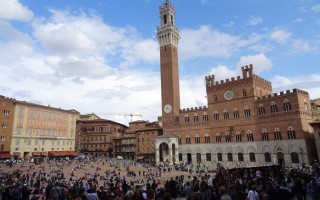
Siena, Italy is known for its landmark, Piazza del Campo, a famous town square and a UNESCO world heritage site. I take a behind-the-scenes tour of Bruco Contrada, or the Caterpillar District, which is one of the 17 Siena wards that takes part in the Palio (race). Up until now, I am unfamiliar with the contrada culture and […]
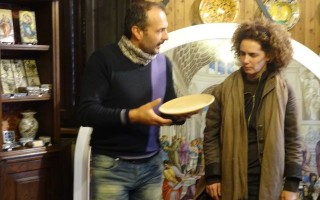
Many visitors to Italy have enjoyed the wonders of Tuscany, but relatively few have discovered and experienced the unique charms of neighboring Le Marche. Le Marche is the region in east-central Italy nestled between Tuscany, Emilia-Romagna, and Umbria. Our destination is the bustling village of Mercatello sul Metauro, located at the foot of the Tuscan-Umbrian- […]
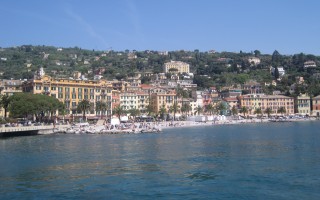
When deciding where to stay in the Italian Riviera, think like a real estate agent, “location, location, location.” Imagine standing on a private balcony enjoying the cool sea breeze of the Gulf of Tigullio and the panoramic views of coastal Italy. Picture waking up and walking out onto a terrace to see Mediterranean style buildings, […]
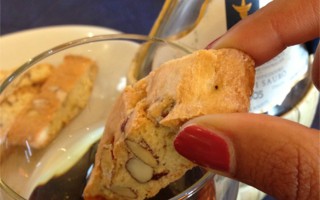
Last week I wrote about staying at a Tuscan Villa in Italy where I enjoyed very authentic meals using ingredients that were grown on the farm or sourced from nearby villages. I enjoyed my trip so much and got the most out of my visit by going on one of the Tours of Tuscany. It […]
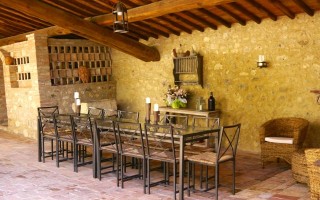
Have you dreamed about renting a villa in Tuscany or going on a food tour in Italy? Both of these have been on my bucket list for quite sometime and it was a dream come true when I received an invitation from Luisa Donati and Nancy Krabill, who run tours in Tuscany and Le Marche, […]
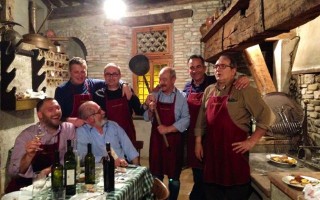
Picture my surprise when I was told that a group of 9 Italian men were coming over to cook dinner for us (a group of journalists) in Italy! The group is called Accademia del Padlot meaning the academy of “a giant ladle that is used to pour wine.” Founded in 1996, a group of men in […]
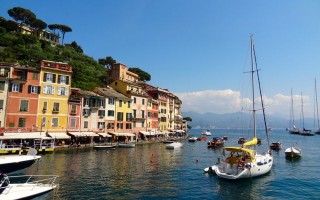
Portofino is a small fishing village located on the Tyrrenian Sea in the Liguria region of Italy. Known for its picturesque harbor, it is a famous destination for vacationers and celebrity residents on the Italian Riviera. Portofino does not have an airport or train station. I highly recommend arriving by boat or bus, although you […]
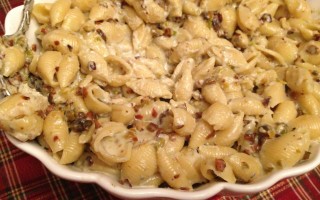
You might think pasta, pistachios and the strong flavor of gorgonzola make for an odd combination, but it works! It is so easy to make and only takes a few minutes. The dish is quite rich so I recommend serving it as a side to a meat entree. I served it at our Italian conversation […]
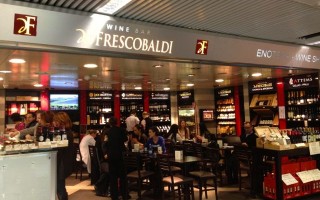
I met world renowned 32nd generation Tuscan wine maker Diletta Frescobaldi in Florence, Italy last Fall. A soft spoken, petite Italian lady, she maintained a non flamboyant demeanor, for someone who owns of the most esteemed wineries in the world.
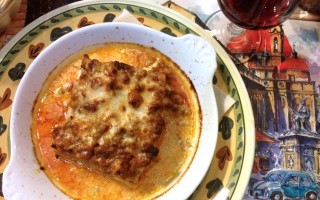
You can find some of the best pizza, lasagna, ravioli, and gelato in the world in the heart of Tuscany in Florence, Italy. The Italian food you find here is obviously very different from the Americanized Italian version found elsewhere. Only the freshest, often locally sourced organic ingredients are used in preparation, and most recipes are […]
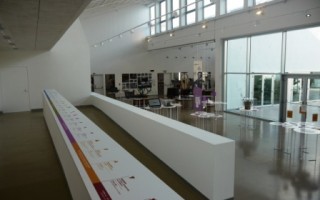
We owe it to Bruto and Poerio Carpigiani, the two brothers who spread gelato technology, culture, and business throughout the world. They have played a huge role in the evolution and reach of gelato over the last century. This can be traced at the newly opened Carpigiani Gelato Museum, just outside of Bologna in Italy. The museum […]
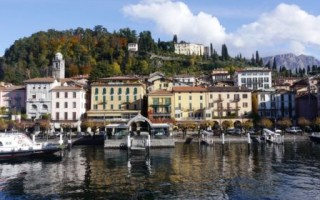
One of the most captivating landscapes in northern Italy can be found at Lake Como. It is very close to Milan and can be easily visited on a day trip. The lake is shaped like an upside down V so it’s ideal to start at the top and leisurely make your way down closer to […]
